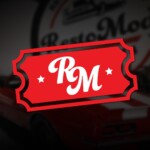From Birth To Prominence: The Corvette’s Early Years
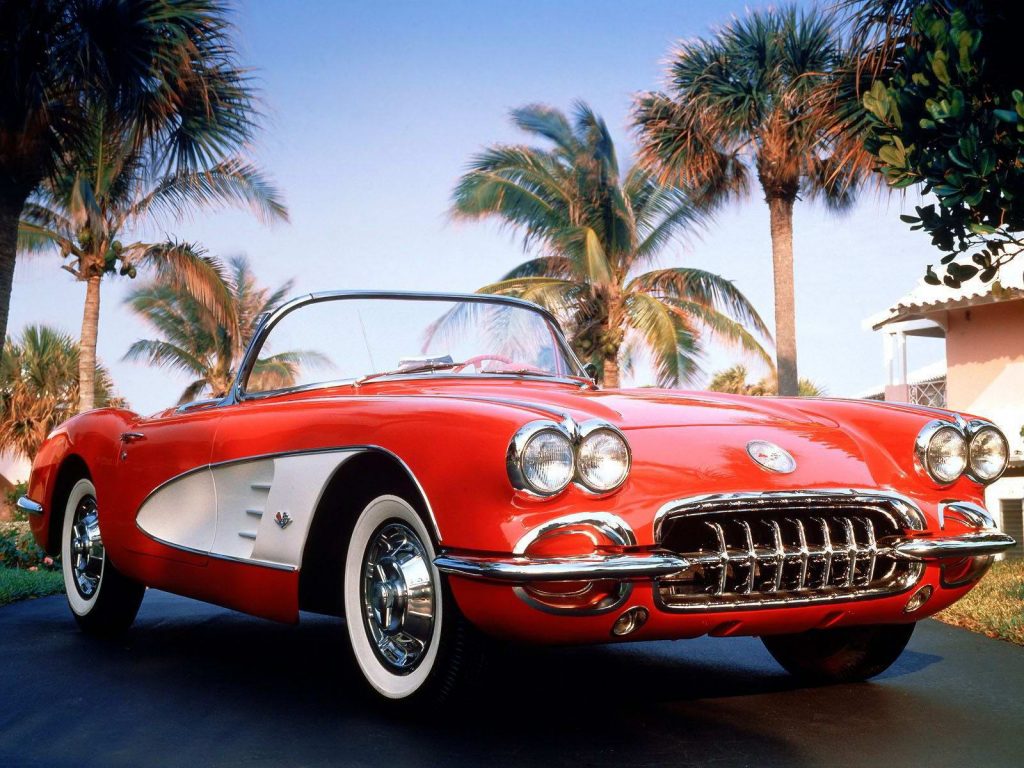
The Chevrolet Corvette. Cars don’t get much more all-American than this. A few weeks ago, I wrote a brief history of the Ford Mustang, and since I don’t have a dog in the Chevy-Ford fight, I thought the Corvette would serve as the perfect model for a follow-up. It’s a car that’s known the world over and used as a yardstick against which all other sports cars are compared. In this article, I’m going to look at where it all began.
The first-generation Corvettes were designed to capitalize on the rash of European sports cars that were being imported by troops returning from the continent. They’d experienced the fun you can have in convertible speedsters, and the demand for an American-made counterpart was going largely unfulfilled. GM decided that enough was enough, and designer Harley Earl developed the first Corvette prototype from 1951-1953 under the name Project Opel. This model, the EX-122, was first shown at the 1953 Motorama exhibition. The prototype struck a chord with the public, and the reaction to it was spectacular.

“About this time, some doubt was expressed that we should build the 1954 model of steel. People seemed to be captivated by the idea of the fiberglass plastic body.”
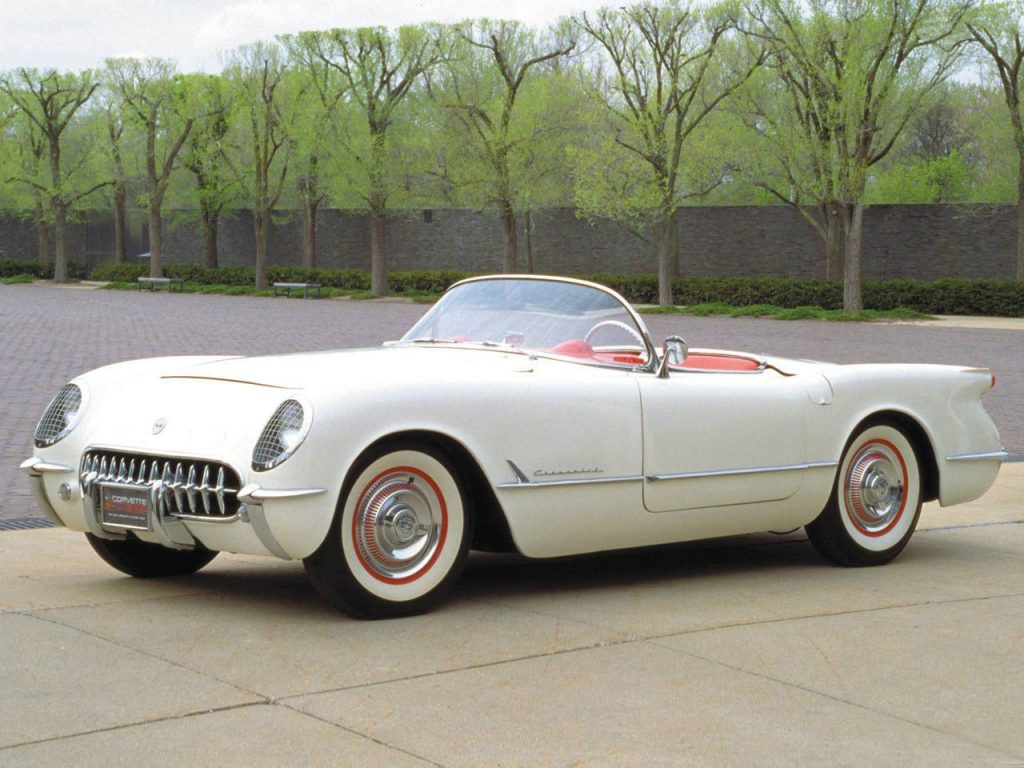
Production was slow in the first few years, and reception somewhat chilly. Only 300 cars were produced in 1953 (all in Polo White), followed by 3640 in ’54 (with three more colors: Sportsman Red, Black, and Pennant Blue being introduced), and 700 in ’55 (the year a V8 engine was introduced). Their sales were somewhat lacking: while all 700 Corvettes produced in ’55 sold, they had to compete with the two-seater Ford Thunderbird, which sold 16,155 in the same year. These first few years were shaky for Chevrolet, with the fiberglass body being prone to leaks. However, while sales were poor, those who bought the Corvette were loving it. Of the 36 percent of Corvette owners who had previously owned a foreign sports car, half believed it to be superior. All Corvette needed to do was capitalize on that and dispel the cautiousness of the market. The 1956 redesign was the start of such a change.
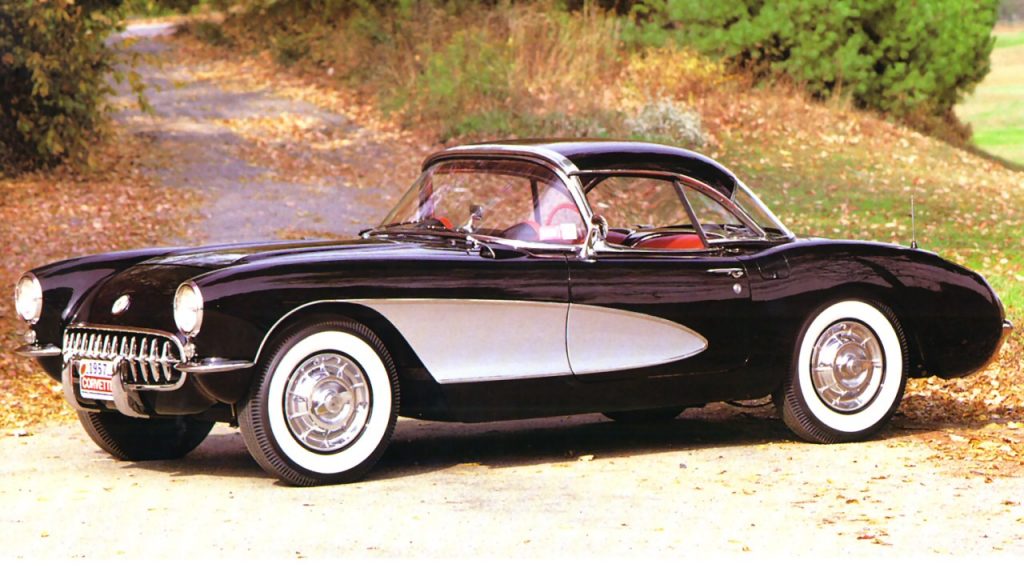
The redesigned Corvette released in 1956 saw a redesigned roof (with optional power assist,) a hardtop option, exposed headlamps, roll up windows, and seat belts. A high-lift cam option was also available for $188, with 111 of the 3467 buyers in that year opting for it. Four-barrel carbs were fitted to the 265 ci V8, and the Corvette began to resemble the ones we know and love. The 1956 model also featured a radio which is a pure curio of the 1950s: a hybrid vacuum tube/transistor model. In 1957, the V8 was boosted up to 283 ci with optional fuel-injection, and an optional four-speed manual transmission was available. This redesign bore significant dividends, with sales figures jumping up to 6339 versus a previous best of just 3467.
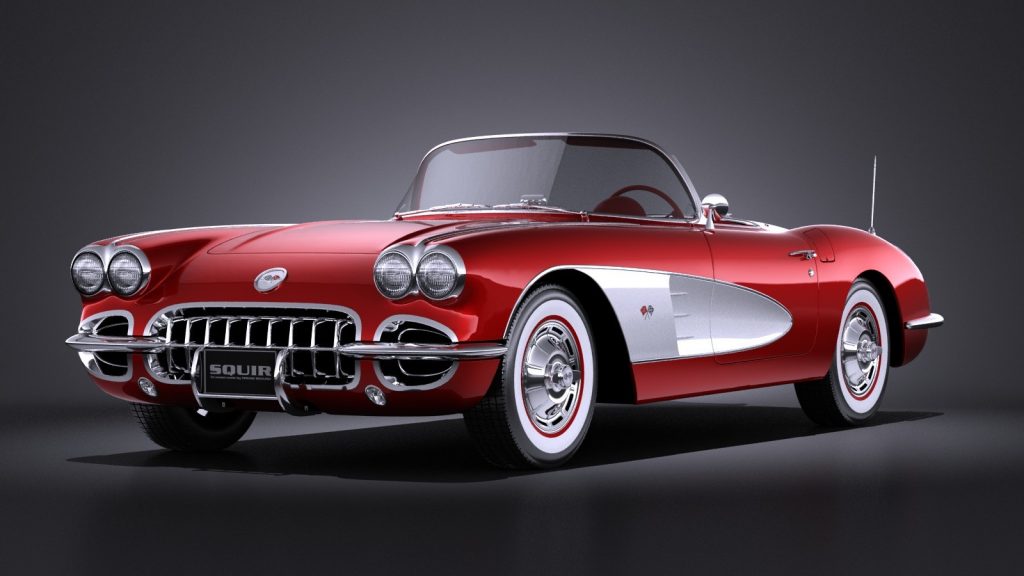
The subsequent redesign in 1958 brought chrome and four headlights to the mix, as well as a promising 160 mph speedo which would be put to good use by the 290 horsepower engine output. From ’58 to ’60 the changes were small, such as the aluminum radiator option, introduced in 1960, that became standard in 1961. Another key addition to the model that year was the introduction of the now-famous four tail lights. In ’62 the solid rear-axle suspension was removed and the engine uprated to 327 ci. This was to be the final year of the C1, with the C2 hitting the scene in ’63.

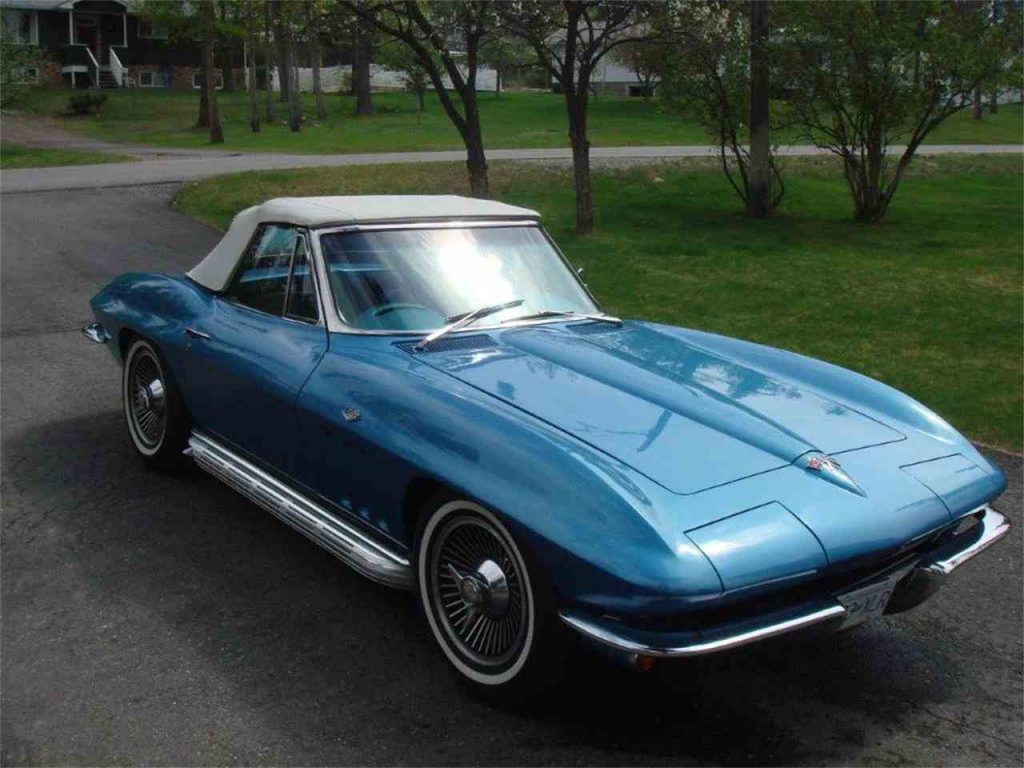
In 1965, the dream of disc brakes on all four wheels came to be, and a big-block V8 with a displacement of 396 ci was included as an option. In 1966, a 427 became an option, outputting 425 horsepower. In 1967, the C2 showed that, although it was to be replaced the following year, it was (literally) not going out quietly. That year saw the astonishing 500+ horsepower L88 big-block introduced, as well as optional aluminum heads for the L71.
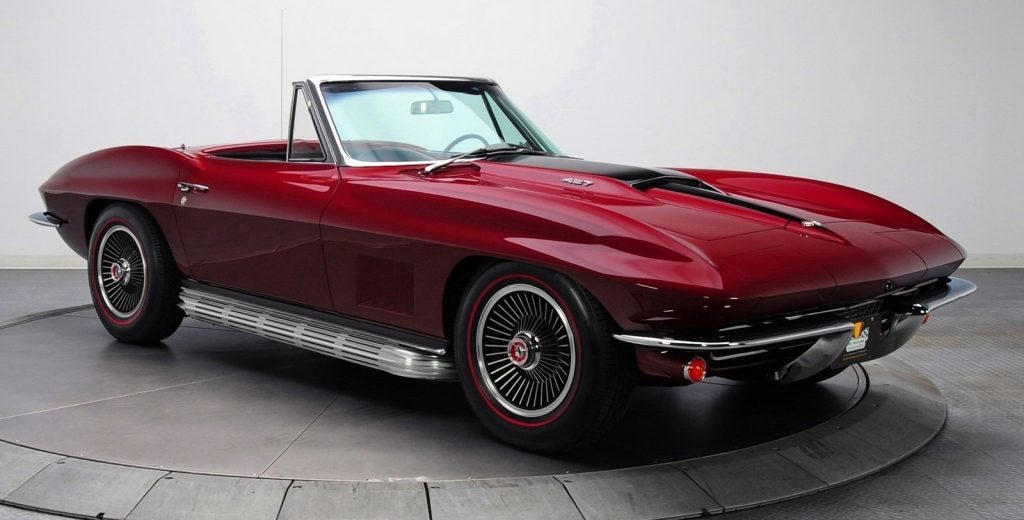
The public and the press both adored the C2. Sales figures flew from an all-time C1 high of 14,531 in 1962 to a record for the C2 of 27,720 in 1966. It received universal acclaim from the press who loved its combination of speed and driveability. Among its numerous acclaims included the Award for Engineering Excellence from Car Life. It is still beloved today, with various restorations and restomods winning countless awards at exhibitions. The following C3 would split public opinion (while still growing sales figures dramatically), but the C2 had cemented the Corvette’s position as a superb racer, and an American motoring icon.
Recent Posts
-
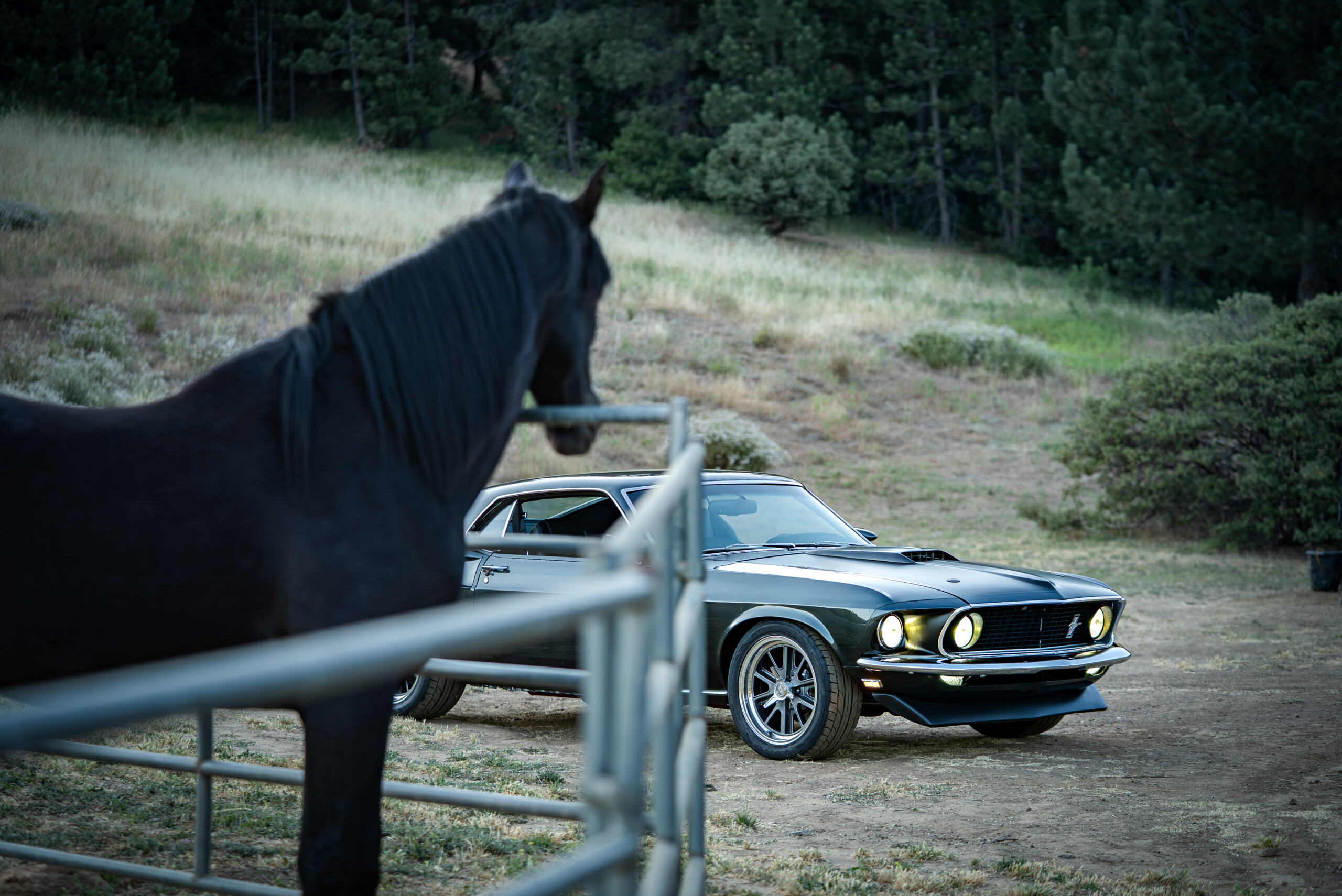
The RM32 Ford Fastback Mustang Build Breakdown
October 24, 2025The Ford Mustang: Historic Start The Ford Mustang is one of the most iconic muscle cars in American history, capturing the imagination of car enthusiasts…Read more -
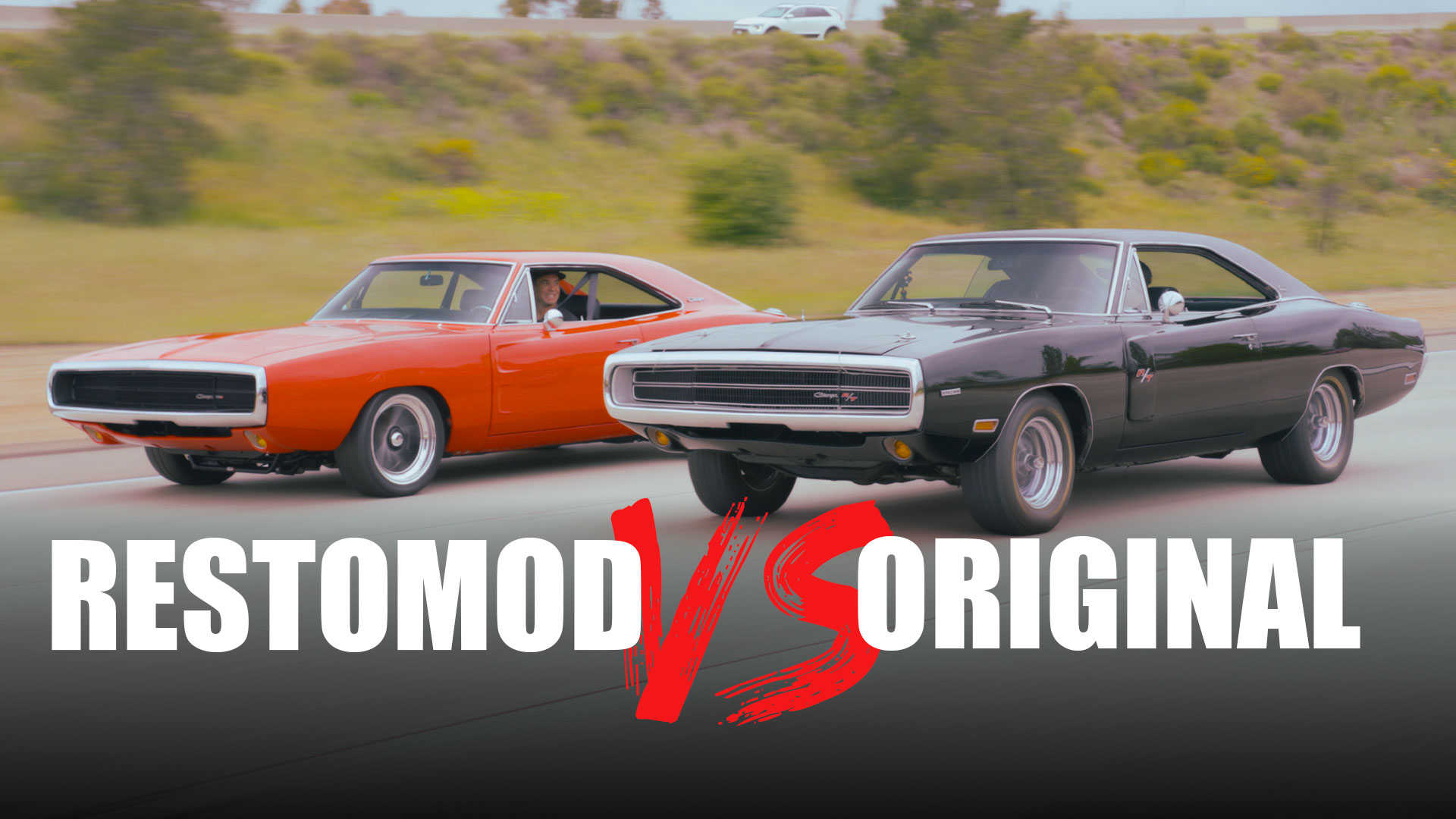
6 Things to Consider: Keep Your Classic Muscle Car Original or RestoMod it?
October 15, 2025When tackling the big question that has become a debate on the internet: Is it better to keep your classic muscle car original or turn…Read more -
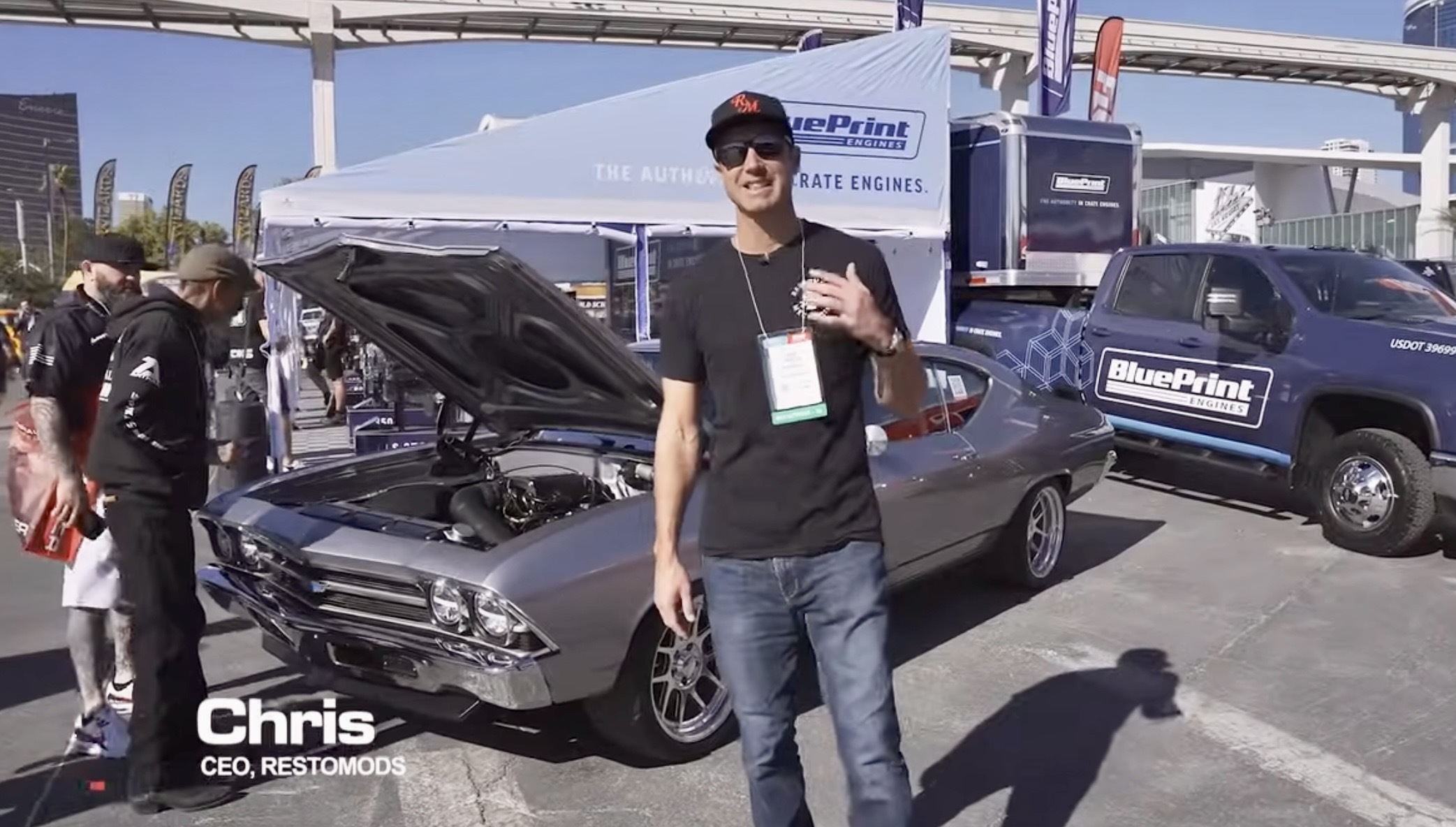
RestoMods Will Be At SEMA Show 2025
October 13, 2025SEMA Show 2025 is coming this November, and with it a bunch of exciting news. The last time we brought a showstopping RestoMod build out…Read more
Become a Car Club Member
Car Club Members Get Entries to Win, Discounts in our Shop, Discounts with our Preferred Partners and more!
Membership benefits
By joining the RestoMods Car Club Today, you will receive amazing perks plus 15 bonus entries into our sweepstakes for every month you are an active member
-
Auto Discounts:Curated Discounts From Your Favorite Parts Companies
-
Restomods Monthly:Monthly Magazine With The Latest Industry News
-
Classified Ads:Get Free Postings seen by 300,000 enthusiasts monthly
-
Car Show Tickets:Check out the biggest vintage car shows on us.
-
Exclusive Car Deals:First chance to purchase any prize cars not selected






Restomods on Instagram
Follow us on Instagram and other networks











